Click below to watch the video:
This is the second video of two videos that will examine the Qiblas of early graveyards in Islam. In this video Dan Gibson looks at mosques with a Petra Qibla and a Parallel Qibla.
Transcript
Video #26 This is a general transcript of a Dan Gibson video in the series: Archeology and Islam.
Hello, I am Dan Gibson, and this is the second video in a two video series about Islamic Graveyards and the Qibla. This is video 26 in the overall series Archeology and Islam. In the first video we discussed two old graveyards, one in Medina and one in Mecca, and we discovered how these graveyards have been changed over time; especially from around 1925 up until just a few years ago. Now it is virtually impossible to locate specific graves, and to tell the orientation of many the original graves. In this video we want to examine early Islamic graves from other locations.
Petra Oriented Graves For those who have been watching this series of videos, Archeology and Islam, you will remember that when investigating the early Battle of Badr, we went to a place in Jordan known as al-Qastal.
If you have not seen that video, you might want to see it first as we are not going to repeat all the argument of why I think al-Qastal, which means the large castle or manor house, is the location of the Battle of Badr, and why I do not think it took place in Saudi Arabia at the traditional location.
In the video of Badr, our studies lead us to believe that the battle took place between Damascus in Syria and Petra to the south.
You see the Quraysh started their trek from Damascus, carrying supplies and arms to help them defeat the fledging Muslim army in Medina. At the same time a protecting force leaves the Holy City, which I believe is Petra, and heads north to help them. These two forces meet at Badr, a common stopping place for caravans because of the water and grass there.
Knowing that the caravan will stop there to rest for three days, the Muslim plan a quick surprise attack from the desert. The Muslims are outnumbered three to one, but they attack in the end they win the day and it is a famous battle for the Muslims.
The dead are buried, and the Muslims ride away with all of the trade goods that the caravan was carrying, not to mention arms and money. I have placed this account in Qastal, between Petra and Damascus, and you can read about it in the video on the Battle of Badr.
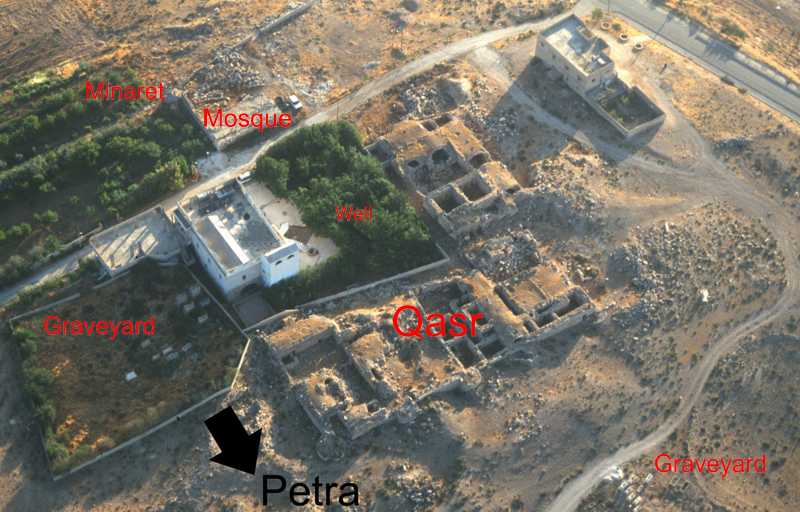
Mosque, Qasr and Graveyards at Qastal
Here is an aerial shot of Qatal. Notice that later Umayyad Caliphs built a large manor house or Qastal, and also a mosque to commemorate this special location.
Here is Qastal there are two graveyards. I think that one is for the Muslim martyrs, and the second, larger one for the polytheists who died in the battle. Plus there are some later people who have also been buried there. Since the Muslims won this battle, they were responsible for burying the dead. What is fascinating about this spot is how the graves were aligned.
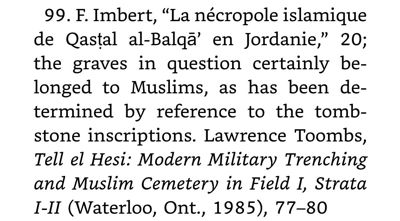
Quote
First, note that some years ago western Christian researchers thought that the graves were oriented towards Jerusalem. This was because they were thinking as Christians where the dead are expected to sit up on resurrection day, so the Christian graves can be measured from the direction of their feet. But Muslims bury their dead, with the face turned towards Masjid al-Haram, so we must measure from the side of the grave not from the feet or head.
So when we examine these graves, all of them, both Muslim and polytheists are buried on their sides, facing the first Masjid al-Haram in Petra. That’s right; these graves all face the Ka’ba in Petra.
What are the chances that the Muslim soldiers would bury the dead, all in rows, and all facing the same direction, if it was all just by chance? What are the chances that both graveyards would face the same direction? And what are the chances that they would all face towards the Ka’ba building in Petra? I find it phenomena that they all line up. Another example of the Petra Qibla.
Another interesting graveyard is found in Iraq. This is a Shi’a graveyard beside the tomb of Imam ‘Ali built in 786 about 150 years after the Hijra. This large impressive monument was built over the original tomb which is much earlier.
The Mosque over the tomb was rebuilt in 923 AD. A fire destroyed the shrine in 1354 but was rebuilt around 1358. Abbas I commissioned 500 men to rebuild the shrine in 1623. What we do not know is the original direction of the mosque.
Everyone has always assumed that the orientation had not changed, and indeed, when viewing many of the oldest tombs in the nearby graveyard it appears that they had the same orientation.
The Mosque of Ali faces between Petra and Jerusalem. Since there were no other mosques of this time facing Jerusalem, one might be tempted to say that the mosque faces Petra, as it is only 7 degrees off of Petra. It is also interesting to notice that many of the oldest graves also face this same direction.
This graveyard is known as Wade as-Salam or the ‘Valley of Peace’ is an Islamic cemetery, located in the Shia holy city of Najaf, Iraq. It is the largest cemetery in the world and covers 1,485.5 acres (6.01 km2; 2.32 sq mi) and contains tens of millions of bodies. It also attracts millions of pilgrims annually.
The cemetery is located near the shrine of Imam Ali ibn Abi Talib, the fourth Sunni Caliph and the first Shia Imam. Thus, many Shi’ites in Iraq request that they be buried in this cemetery. As a result of improved transportation methods, Shi’ites from across the globe are (or seek to be) buried in the cemetery. However, burial at the cemetery “means being placed in one of the cemetery’s many catacombs.” According to an undertaker at the cemetery, each crypt can hold up to 50 bodies.
Due to the millions of graves, buried over more than 1400 years, it is virtually impossible to measure the grave’s Qiblas. However, it is interesting to note that many seemed to be aligned similarly as Ali Shrine, which faces about seven degrees off of Petra.
Between Oriented Graves
Now what about the between position. To date I have not found any graveyards that have a between Qibla. This is not surprising because the between Qibla was used for only 66 years, and there is evidence that for many Muslims, they used that Qibla for fewer years. All we can tell from archeology is that from the construction of the first Wasit or between mosque to the last one was a 66 year period. So it is not surprising that I have not been able to find any graves with this orientation.
Parallel Oriented Graves
What about graves in Spain and North Africa, where the mosque Qiblas used a parallel position of around 155 degrees, towards the south?
This takes us to an Islamic graveyard in Tauste in Spain. One of the issues we face in Spain is that in the 8th to10th centuries many of the Spanish remained Christian while the invading forces and the rulers were Muslim; so one has to find graves that are Islamic in nature. Also, from 711 to 1492, the political dominions in Spain shifted constantly, with many smaller states, known as taifa kingdoms gaining and loosing influence.
But in Tauste, there is evidence of a large Muslim community existing between the 8th and 10th centuries. And in 2015 a Muslim graveyard was excavated. What I find interesting, is that the bodies in these graves were buried on their sides, facing towards the south at 150 degrees. This is very similar to the Qibla that was used by the Muslims across North Africa and Spain.
Another interesting graveyard is found at Houmt Souk in Tunisia. Here there are three things to observe. There is a large, recently built mosque that faces Mecca in Saudi Arabia.
There is also an older smaller mosque that faces more south at 148 degrees, similar to the other Qiblas that I have classified as Parallel.
But notice the graves. They face a much more southern direction, but not directly south. They face east of directly south. For those of you who have watched the video series: The Qibla Story, you will remember our review of the Sidi ‘Ukba graveyard in Algeria. This is a very early graveyard, and is associated with the rebellion against Damascus. This graveyard predates most of the parallel Qibla, and the graves here face south at 127.38 degrees. The Blue line is the graveyard Qibla, the green shows a Mecca Qibla, the yellow line faces a between Qibla, the Red line a Petra Qibla and the Black line faces Jerusalem.
Next we will visit the Hammamet Mosque and Graveyard in Tunisia. Notice the mosque on the left side with a Qibla facing about 145 degrees south, and across the road to the right are the graves. Notice that the mosque faces 145 degrees and the graves are similar ranging from 140 to 150 degrees.
Next we move to the Jami’ Uqba Ibn Nafi’ mosque in the city of Kairouan, in Tunisia. The Great Mosque of Kairouan (Grand Mosque) is also known as the Uqba Ibn Nafi’ Mosque. As it stands today, this mosque was built by the Aghlabid governor of Kairouan, Ziyadat Allah, between 817 and 838 AD. He erected the building on the site of an older mosque, originally constructed by ’Uqba ibn Nafi at the time of the 670 AD Arab conquest of North Africa. Although the current mosque retains virtually no trace of the original seventh-century building, it is still often referred to as “Mosque of Sidi ’Uqba,” or “Mosque of ’Uqba Ibn Nafi.”
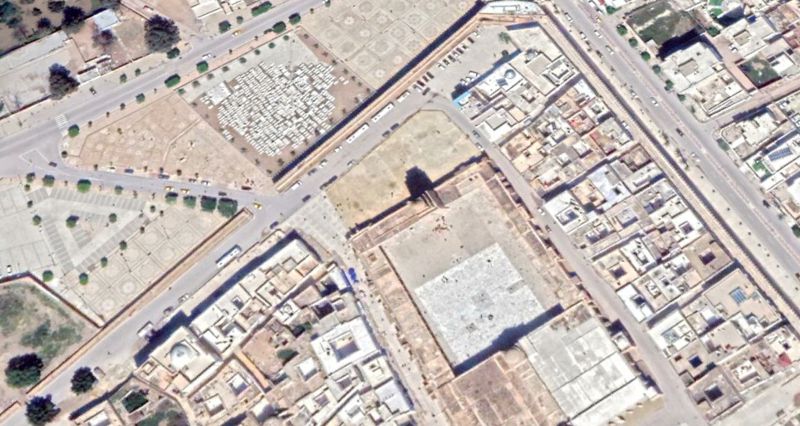
Sidi ’Uqba Mosque and graveyard
In this photo you can see a small early graveyard to the north of the mosque. The graves in that graveyard have a similar Qibla direction to the mosque itself.
From this short study, I think we can safely say that not only did the earliest mosques face four specific Qiblas but the graveyards of the same era also used the same Qibla. Even in North Africa and Spain, the focus seems to have been on using a similar Qibla, rather than actually facing Mecca in Saudi Arabia. So the graveyards also faced four different Qiblas.
I am Dan Gibson, and this has been another video in the series Archeology and Islam.
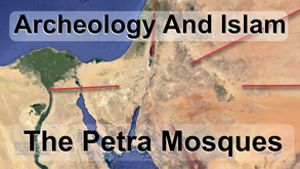
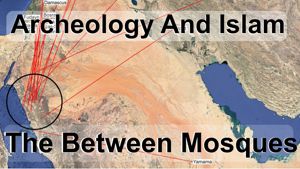
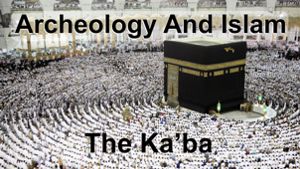
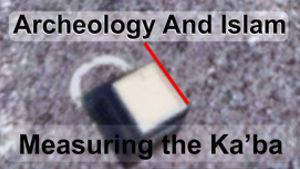
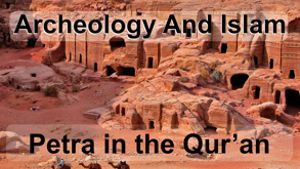
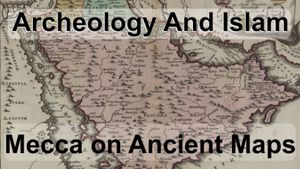
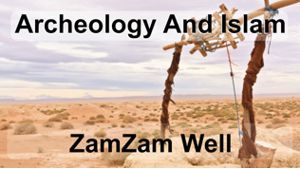
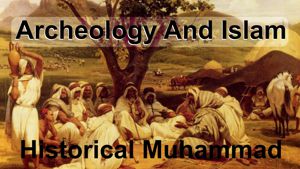
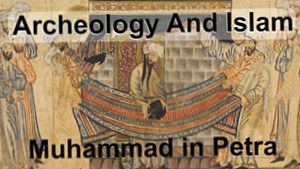
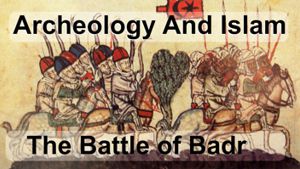
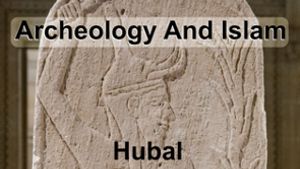
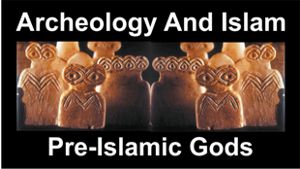
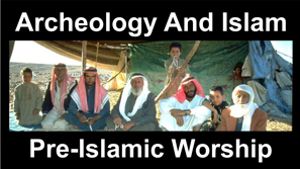
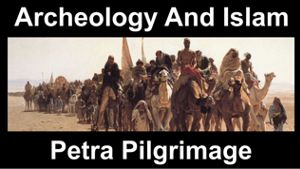

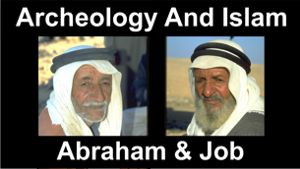
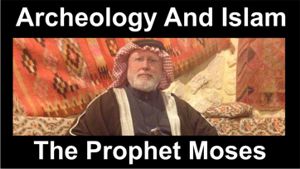

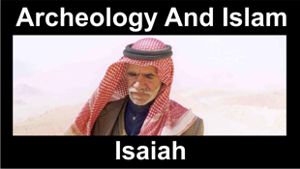
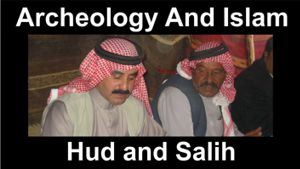


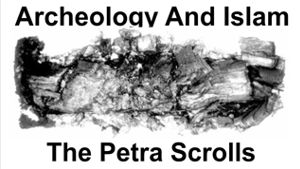
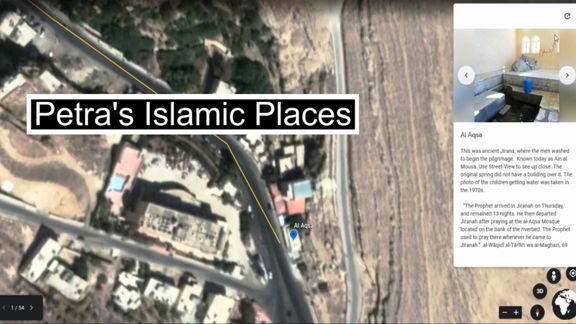

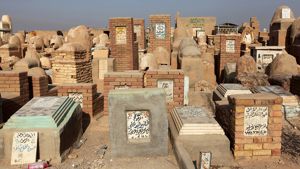
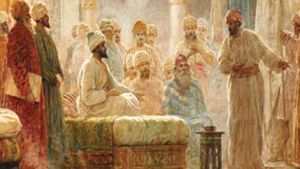
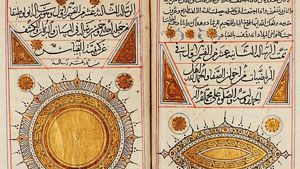
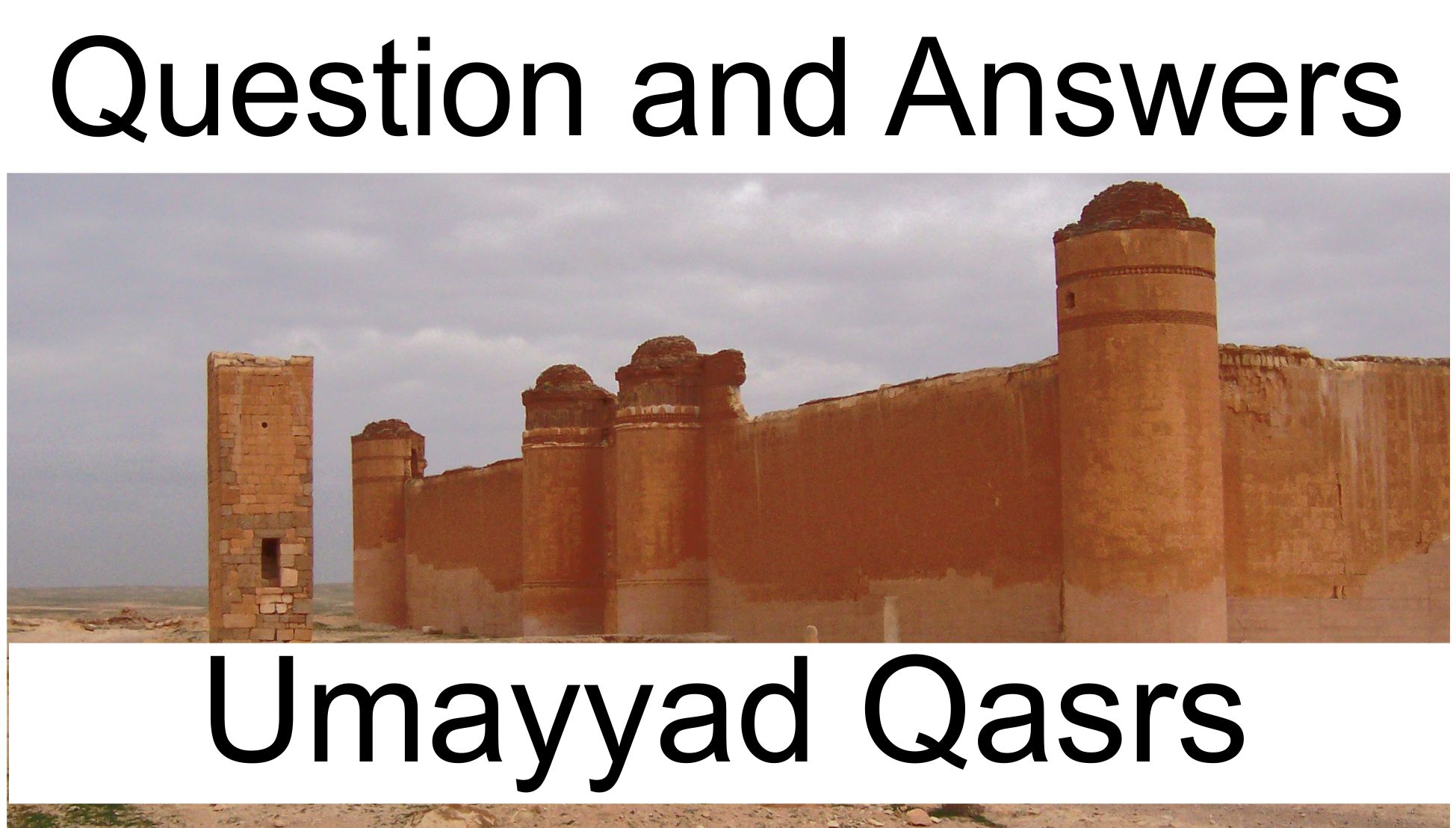
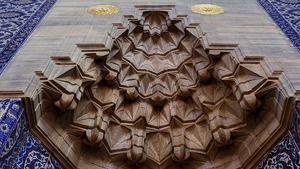
Page Discussion
Membership is required to comment. Membership is free of charge and available to everyone over the age of 16. Just click SignUp, or make a comment below. You will need a user name and a password. The system will automatically send a code to your email address. It should arrive in a few minutes. Enter the code, and you are finished.
Members who post adverts or use inappropriate language or make disrespectful comments will have their membership removed and be barred from the site. By becoming a member you agree to our Terms of Use and our Privacy, Cookies & Ad Policies. Remember that we will never, under any circumstances, sell or give your email address or private information to anyone unless required by law. Please keep your comments on topic. Thanks!